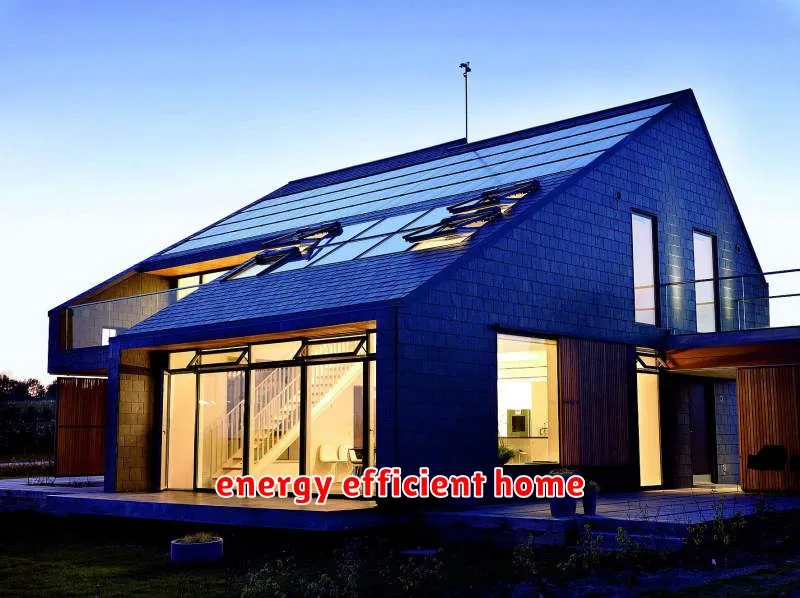Looking to reduce your environmental impact and save money on your utility bills? Sustainable living is more than just a trend – it’s a lifestyle choice that can positively impact our planet and our wallets. One of the most effective ways to embrace sustainability is by making energy-efficient upgrades to your home. These improvements not only contribute to a greener environment but also offer long-term cost savings, making them a smart investment for any homeowner.
From insulation and windows to lighting and appliances, there are a wide range of upgrades that can dramatically enhance your home’s energy efficiency. This article will explore essential home upgrades that can help you achieve a more sustainable and cost-effective living space. By implementing these practical changes, you can significantly reduce your carbon footprint, lower your energy consumption, and enjoy the benefits of a more comfortable and efficient home.
Smart Thermostat
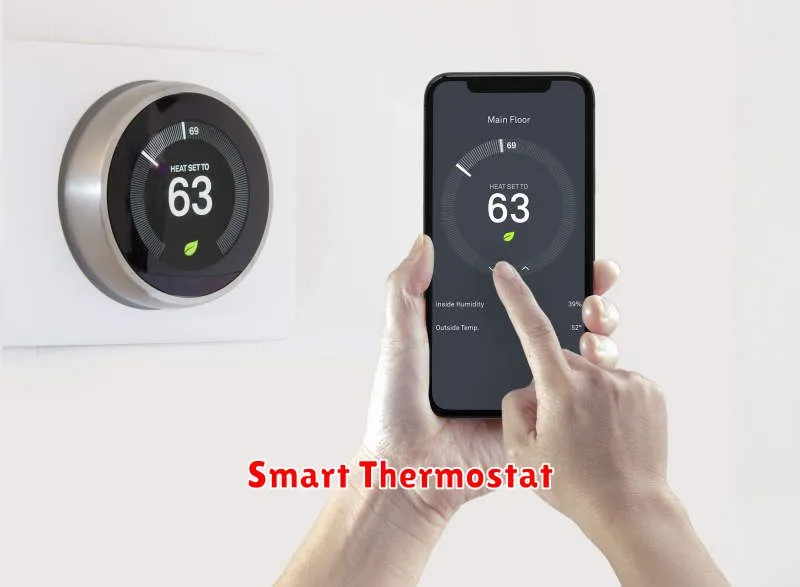
A smart thermostat is a valuable addition to any home seeking energy efficiency. These programmable devices learn your heating and cooling preferences, adjusting temperatures automatically to optimize comfort and minimize energy waste. They can be controlled remotely via smartphone apps, allowing you to make adjustments even when you’re away from home.
Beyond convenience, smart thermostats offer significant benefits for sustainability. They can:
- Reduce energy consumption by intelligently adjusting temperatures based on occupancy and weather conditions.
- Lower heating and cooling bills, saving you money and reducing your environmental impact.
- Extend the lifespan of your HVAC system by reducing strain on the equipment.
Many models offer additional features like geofencing, which automatically adjusts temperatures based on your location, and air quality monitoring. By investing in a smart thermostat, you’re taking a smart step towards a more sustainable and cost-effective home.
LED Lighting
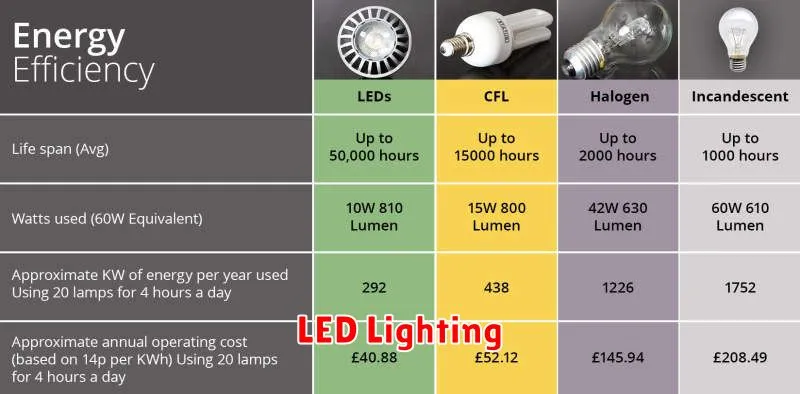
Switching to LED lighting is one of the most impactful and cost-effective ways to boost your home’s energy efficiency. LED bulbs use significantly less energy than traditional incandescent bulbs, resulting in lower electricity bills. They also last much longer, reducing the need for frequent replacements and minimizing waste.
The energy savings from LED lighting are substantial. On average, an LED bulb uses 75% less energy than a traditional incandescent bulb. This translates to significant reductions in your carbon footprint and your monthly energy costs.
Beyond energy efficiency, LED lighting offers several other benefits for sustainable living. LED bulbs do not contain mercury, making them a safer and more eco-friendly choice for disposal. They also produce less heat, reducing strain on your cooling system and contributing to a more comfortable living environment.
When choosing LED bulbs, consider factors like brightness (lumens), color temperature (Kelvin), and dimmability to ensure they meet your specific needs. With a wide range of options available, you can easily find LED bulbs that enhance the ambiance and functionality of your home while contributing to a more sustainable lifestyle.
Energy-Efficient Appliances
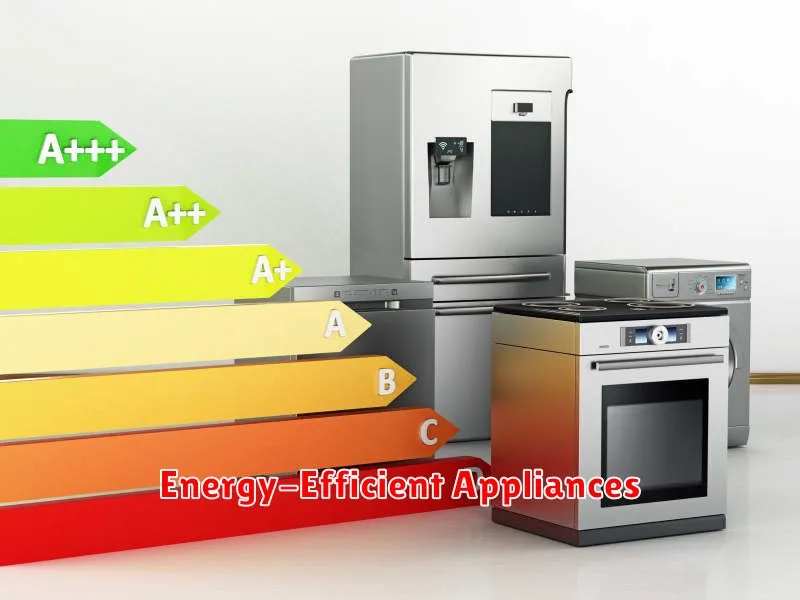
Upgrading your home appliances is a crucial step towards achieving energy efficiency and sustainability. By choosing energy-efficient models, you can significantly reduce your energy consumption and lower your utility bills. Look for appliances with the Energy Star label, which indicates that they meet specific energy-saving standards. Consider these key appliance upgrades:
- Refrigerators: Opt for refrigerators with advanced features like automatic defrosting, adjustable shelves, and door alarms. Look for models with higher energy efficiency ratings, typically indicated by an Energy Star label.
- Dishwashers: Energy-efficient dishwashers use less water and energy compared to older models. Look for features like adjustable racks, multiple wash cycles, and sensor technology to optimize water usage.
- Washing Machines and Dryers: Choose front-loading washing machines as they use less water and energy than top-loading machines. Look for HE (high-efficiency) models and consider a dryer with a heat pump to further reduce energy consumption.
- Ovens and Ranges: Invest in an energy-efficient oven or range with features like convection baking, self-cleaning functions, and adjustable temperature controls. Look for models with higher energy efficiency ratings.
Remember to factor in the initial cost of energy-efficient appliances, but consider their long-term savings on your energy bills. By making these smart upgrades, you can contribute to a more sustainable lifestyle and enjoy the benefits of lower energy consumption.
Low-E Windows
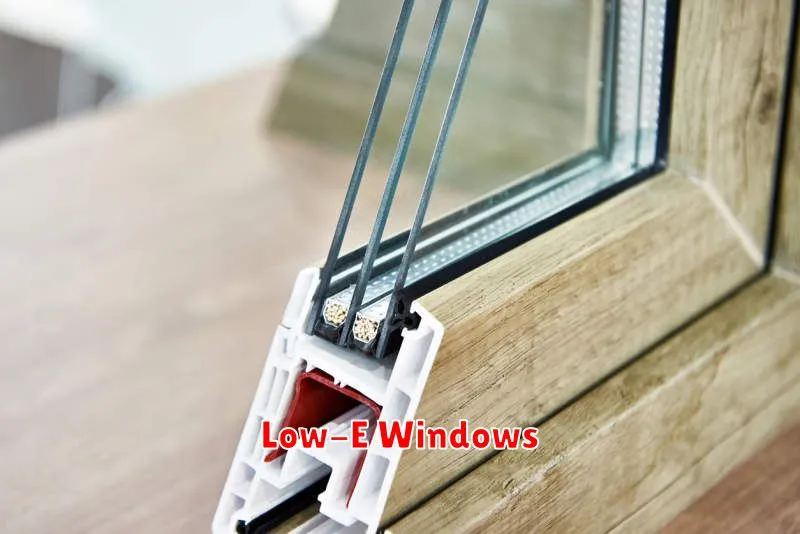
Low-E windows are a simple yet effective way to improve your home’s energy efficiency and reduce your carbon footprint. They are designed with a special coating on the glass that reflects infrared radiation, which is the primary source of heat from the sun. This coating helps to keep your home cool in the summer and warm in the winter, reducing the need for your HVAC system to work harder and saving you money on energy bills.
Low-E windows can also improve the comfort of your home. By reducing the amount of heat that enters your home in the summer, they can make your home more comfortable and prevent overheating. In the winter, they can help to keep your home warmer and more comfortable by preventing heat loss.
If you are looking to upgrade your home’s windows, low-E windows are a great option. They are a relatively affordable investment that can provide significant benefits in terms of energy efficiency, comfort, and environmental sustainability.
Insulation
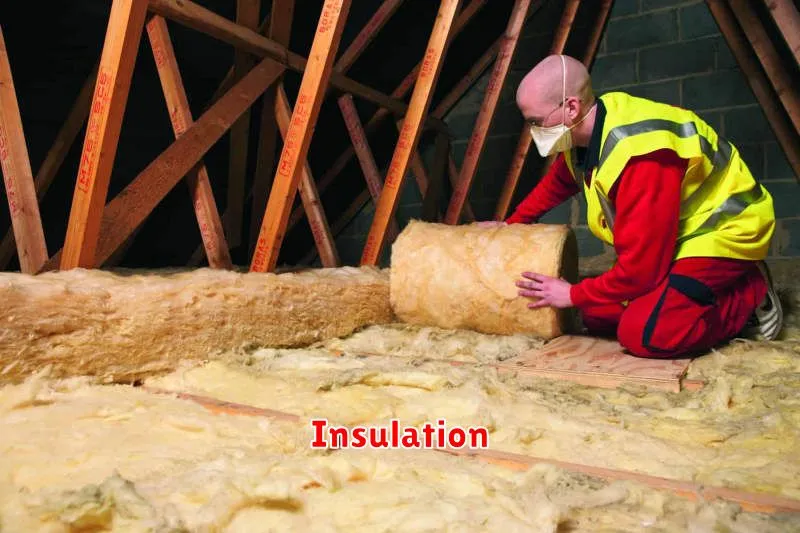
Insulation is a crucial aspect of sustainable living and energy efficiency. It acts as a barrier, preventing heat from escaping your home in winter and blocking it from entering in summer. By effectively insulating your home, you can significantly reduce your energy consumption, lowering your heating and cooling costs while minimizing your carbon footprint.
There are various types of insulation available, each with its own benefits and drawbacks. Some common options include fiberglass, cellulose, mineral wool, and spray foam. The best type for your home will depend on factors like your budget, the climate you live in, and the existing construction of your house.
Insulation can be installed in various areas of your home, including the attic, walls, basement, and crawl space. Proper installation is essential to ensure maximum effectiveness. It’s recommended to consult with a professional contractor to assess your home’s needs and determine the appropriate insulation solutions.
Investing in insulation is a smart move for both your wallet and the environment. It’s a relatively inexpensive upgrade that offers substantial long-term savings on energy bills and reduces your reliance on fossil fuels. By creating a more energy-efficient home, you’re contributing to a greener and more sustainable future.
Tankless Water Heater
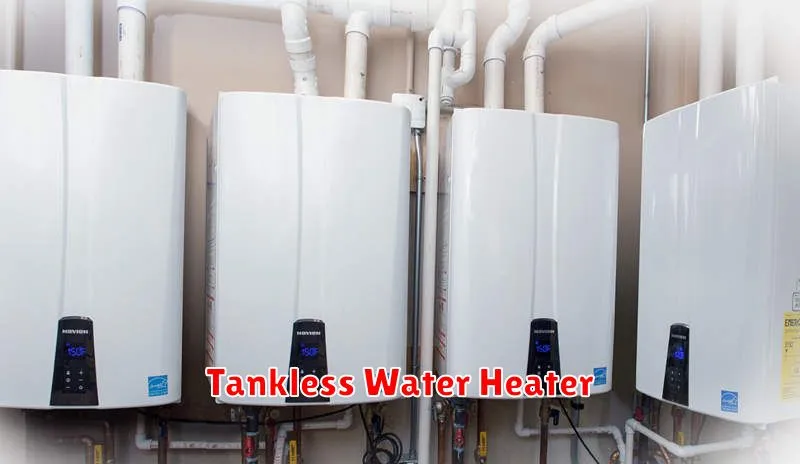
A tankless water heater, also known as an on-demand water heater, is a highly efficient way to heat water for your home. Unlike traditional tank water heaters, which constantly heat a large amount of water, tankless heaters only heat water when it’s needed. This on-demand system eliminates standby heat loss and reduces your energy consumption significantly.
Here are some key benefits of using a tankless water heater:
- Energy Efficiency: Tankless water heaters use less energy, resulting in lower utility bills and a smaller carbon footprint.
- Endless Hot Water: With a tankless system, you’ll never run out of hot water, even during peak usage times.
- Longer Lifespan: Tankless heaters typically last longer than traditional tank water heaters, reducing the need for frequent replacements.
- Space Savings: Tankless units are much smaller than traditional tanks, freeing up valuable space in your home.
If you’re looking to upgrade your home for greater energy efficiency and sustainability, a tankless water heater is a smart investment. Consider the long-term savings and benefits it offers, and you’ll be enjoying endless hot water while reducing your environmental impact.
Solar Panels
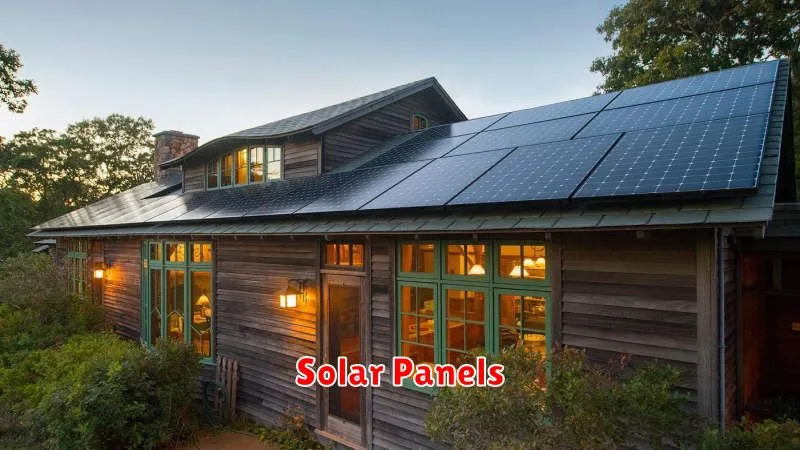
Installing solar panels on your roof is one of the most impactful upgrades you can make for energy efficiency. These panels convert sunlight into electricity, reducing your reliance on the grid and your energy bills. Solar panels offer a long-term investment, recouping costs over time through lower energy bills and potential incentives from your local government.
Consider factors such as your roof orientation, shade patterns, and energy usage when evaluating the suitability of solar panels for your home. Consult with a qualified solar installer to assess your needs and design a system that optimizes energy production.
Smart Power Strips
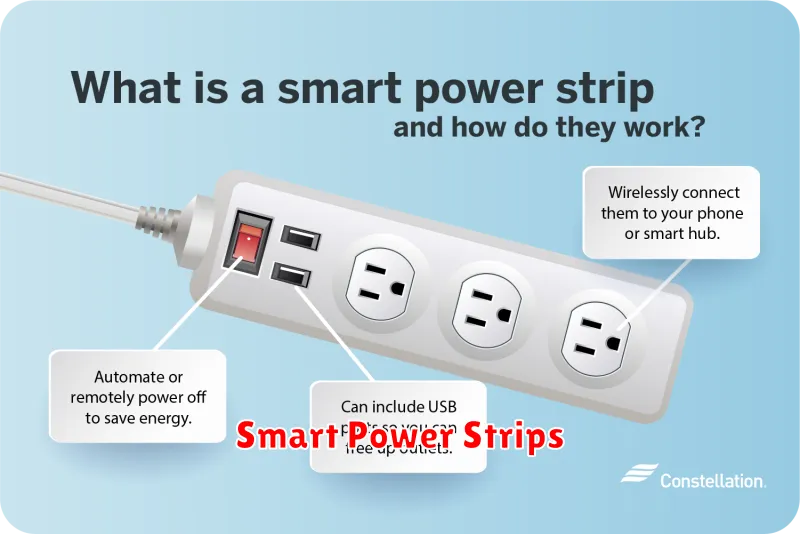
Smart power strips offer a simple and effective way to reduce energy waste in your home. These devices use a built-in timer or sensor to automatically turn off electronics when they are not in use.
Many smart power strips also come with features like remote control, energy monitoring, and surge protection. This allows you to remotely turn off devices, track your energy consumption, and protect your electronics from power surges.
By using a smart power strip, you can reduce your energy bills and your environmental impact. This is a simple and cost-effective way to make your home more sustainable.
Water-Saving Showerheads
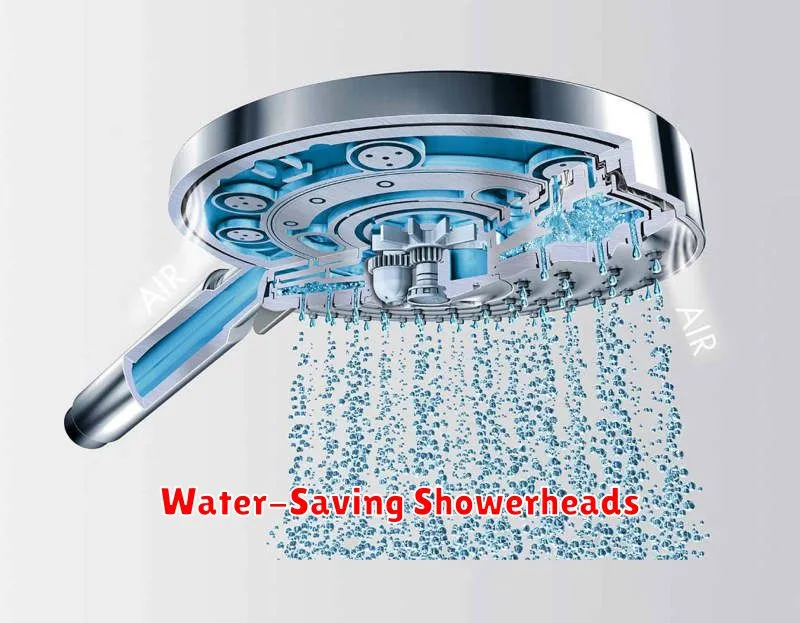
One of the simplest and most effective ways to reduce your water consumption is by installing water-saving showerheads. These showerheads use a variety of technologies, such as flow restrictors, to significantly decrease the amount of water used per minute without sacrificing water pressure.
Standard showerheads typically deliver 2.5 gallons of water per minute, while water-saving showerheads can achieve a flow rate of 1.5 gallons per minute or less. This translates to a 40% reduction in water usage during your showers.
Besides water conservation, water-saving showerheads also contribute to energy efficiency. Since less water needs to be heated, you’ll use less energy for hot water, resulting in lower energy bills.
Choosing the right water-saving showerhead is important. Consider your shower preferences and the type of technology used, such as spray patterns and pressure settings. There are many high-quality, affordable options available that can make a real difference in your water usage and energy bills.
Weather Stripping
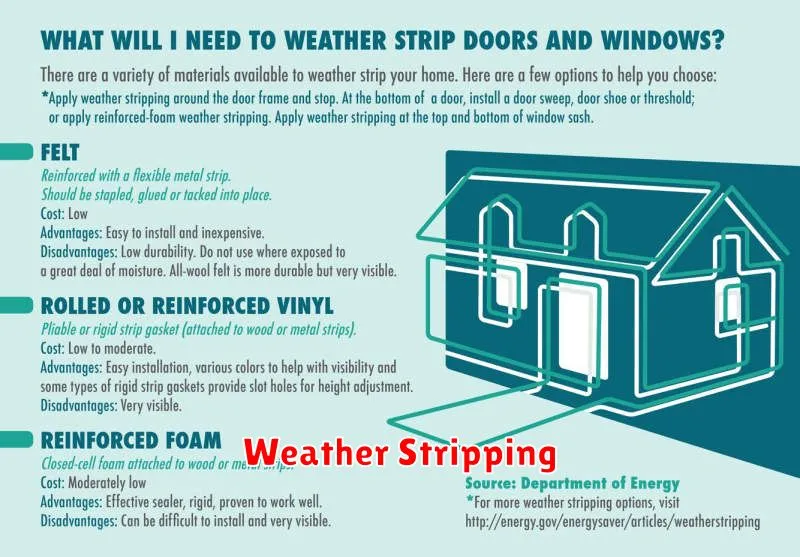
Weather stripping is a simple yet effective way to improve your home’s energy efficiency. It involves sealing gaps and cracks around doors, windows, and other openings that allow air to leak in or out. This leakage can lead to higher energy bills, uncomfortable temperatures, and even health problems.
Benefits of Weather Stripping:
- Lower heating and cooling costs: By reducing air leakage, you can significantly lower your energy bills.
- Improved comfort: Weather stripping helps maintain a comfortable temperature inside your home year-round.
- Reduced drafts: Say goodbye to those annoying drafts that chill you in the winter or make your air conditioner work harder in the summer.
- Increased home value: Energy-efficient homes are more desirable and can command a higher price in the real estate market.
Types of Weather Stripping:
There are various types of weather stripping available, including:
- Foam tape: An affordable and easy-to-install option for sealing small gaps.
- V-shaped strips: Ideal for doors and windows that experience a lot of movement.
- Door sweeps: Designed to seal the bottom of doors and prevent drafts.
- Window film: A transparent film that can be applied to windows to reduce heat loss and gain.
Installation Tips:
Installing weather stripping is a DIY project that can be completed with basic tools. Follow these tips:
- Clean the surfaces: Before installing weather stripping, ensure the surfaces are clean and free of debris.
- Measure accurately: Take accurate measurements of the gaps you need to seal.
- Apply adhesive: Use a strong adhesive to secure the weather stripping to the surfaces.
- Cut to size: Cut the weather stripping to the appropriate lengths using a utility knife.
Weather stripping is a simple, cost-effective upgrade that can have a significant impact on your home’s energy efficiency and comfort. By sealing those gaps and cracks, you can save money, stay comfortable, and contribute to a more sustainable lifestyle.

